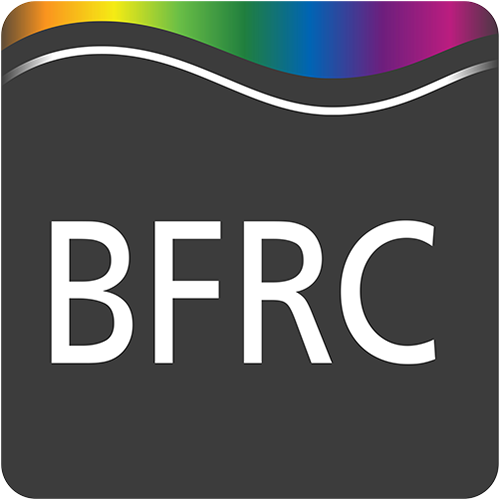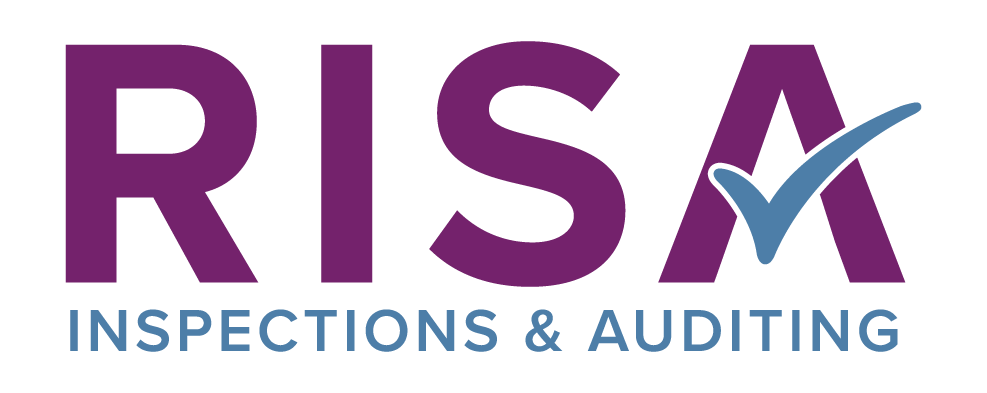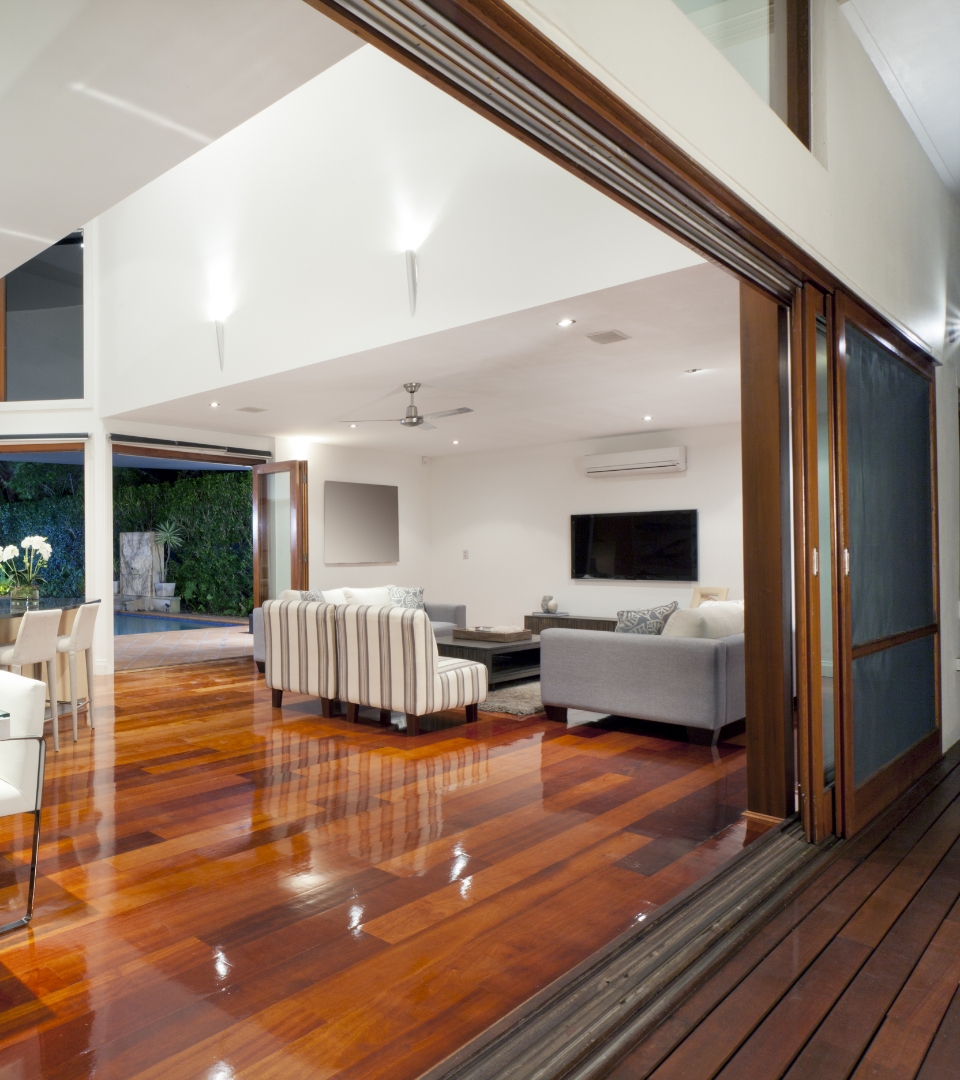A recent consultation brought to the attention of the Glass and Glazing industry is CBAM, or Carbon Border Adjustment Mechanism.
What is CBAM?
CBAM is a means to ensure that goods imported from outside a region face the same level of expenditure for the carbon emissions involved in their production as the same goods which are produced inside the region. As such it is effectively a form of import tax.
Why Is It Being Introduced?
The purpose of a CBAM, is to negate the cost benefit to companies who would look to import goods from outside of their region which may be purchased more cheaply because their country of origin has no carbon emission levies in place and thus may produce products with higher carbon emissions. This in turn then also serves to reduce transport related carbon emissions from goods which may have been imported from great distances. Seen as whole it can be seen to aide UK based production and lower carbon emissions.
Is This Just For The UK?
The EU already has a CBAM in place for carbon intensive products, which entered into its transitional phase last year, and which will be in full force by 2026. These products include cement, iron and steel, aluminium, fertilisers, electricity and hydrogen.
The EU CBAM by 2026 will work by asking importers of those carbon intensive products to register with their relevant national authority. They then advance purchase CBAM certificates, at a rate determined by the EU Emission Trading System or ETS for their particular goods, purchasing enough to cover their estimated years import. At the end of the reporting period, the emissions from their imported goods are calculated and declared to the national authority, where they must surrender the corresponding amount of previously purchased CBAM certificates. They can deduct from the levy any costs already paid for carbon emissions during the goods production if they have a valid proof. The process then begins anew every year.
The UK consultation is already open and runs until the 13th of June, and on the face of it looks to mimic much of how the EU CBAM is intended to work. However, there are some differences:
What Are The Differences?
The UK consultation proposes from the start to include glass as well as the EU materials. This means that some of the specific products being considered are:
- Float cast or drawn glass as either full unprocessed sheets or as cut size processed panes including forms of safety glass
- Insulated glass units which we presume to also include VIG’s – however this does need clarification.
- Bars, rods, profiles or structures including doors, windows and relevant framing materials for both aluminium and where relevant steel.
- Refractory ceramics. The proposal states that scrap materials for either glass, aluminium or steel are not included within the remit.
The UK consultation proposal is that CBAM would only apply when the value of goods imported reaches a minimum of £10,000 over a rolling 12-month period. The value is calculated using existing HMRC methodologies to ensure parity. This is significantly more than the EU threshold which we understand sits at a mere 150 Euros.
Please read the master slides below, provided by the HM Treasury.
HMRC will be responsible for administration of the scheme, but the party liable for the CBAM charges will be essentially the party that places them onto the market. To clarify the above, where there are no customs controls, the person on whose behalf the goods are moved to the UK.
You can respond to the consultation by clicking the below button. Closing dates for comments is the 13th of June 2024.
The GGF would strongly recommend that all GGF Members who will be affected by the incoming CBAM to respond to the consultation in due course in order for your comments to be considered by the relevant government department.

 Emergency Glaziers
Emergency Glaziers GGF Shop
GGF Shop MyGlazing.com
MyGlazing.com Find a GGF Member
Find a GGF Member




